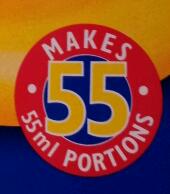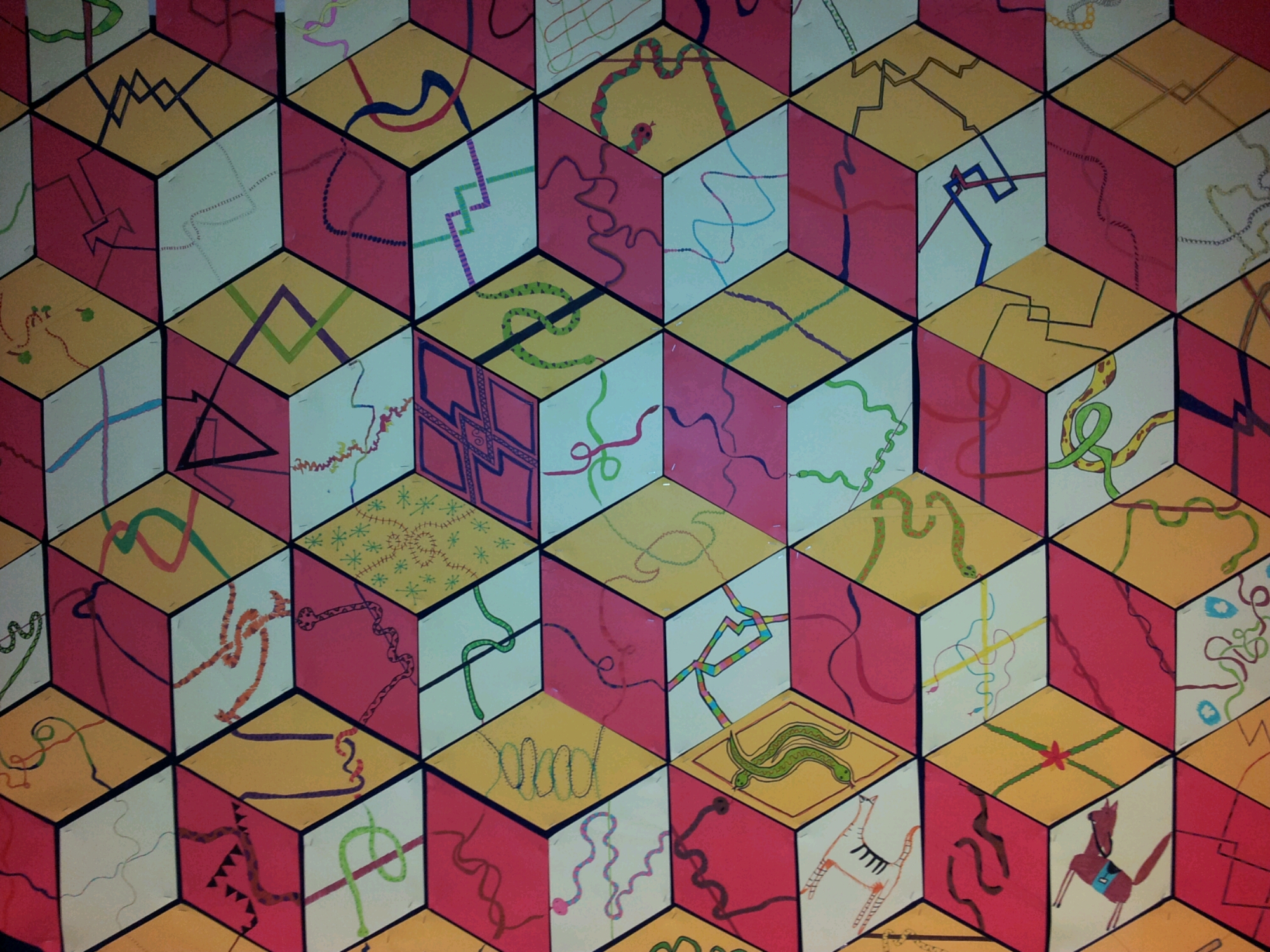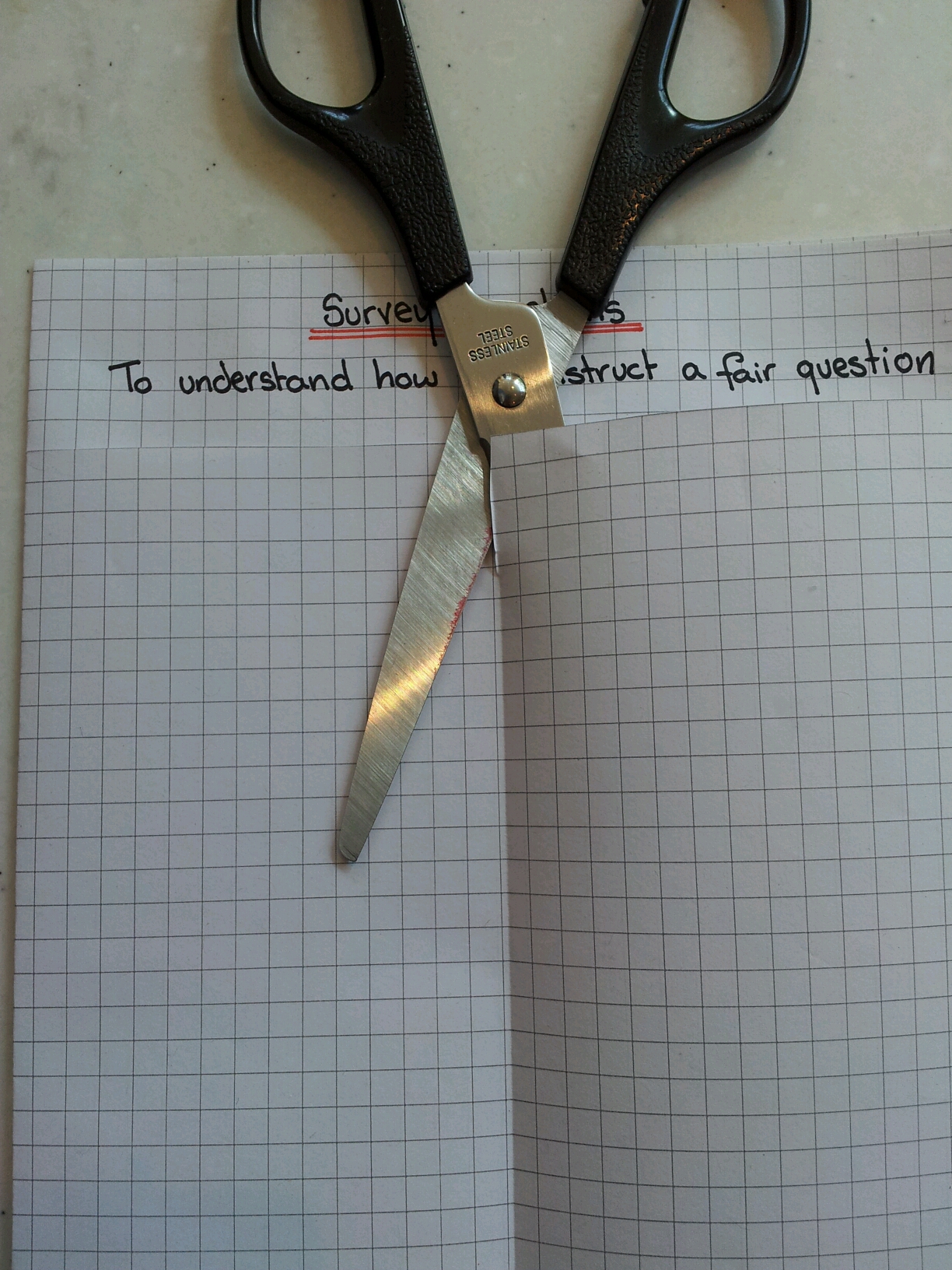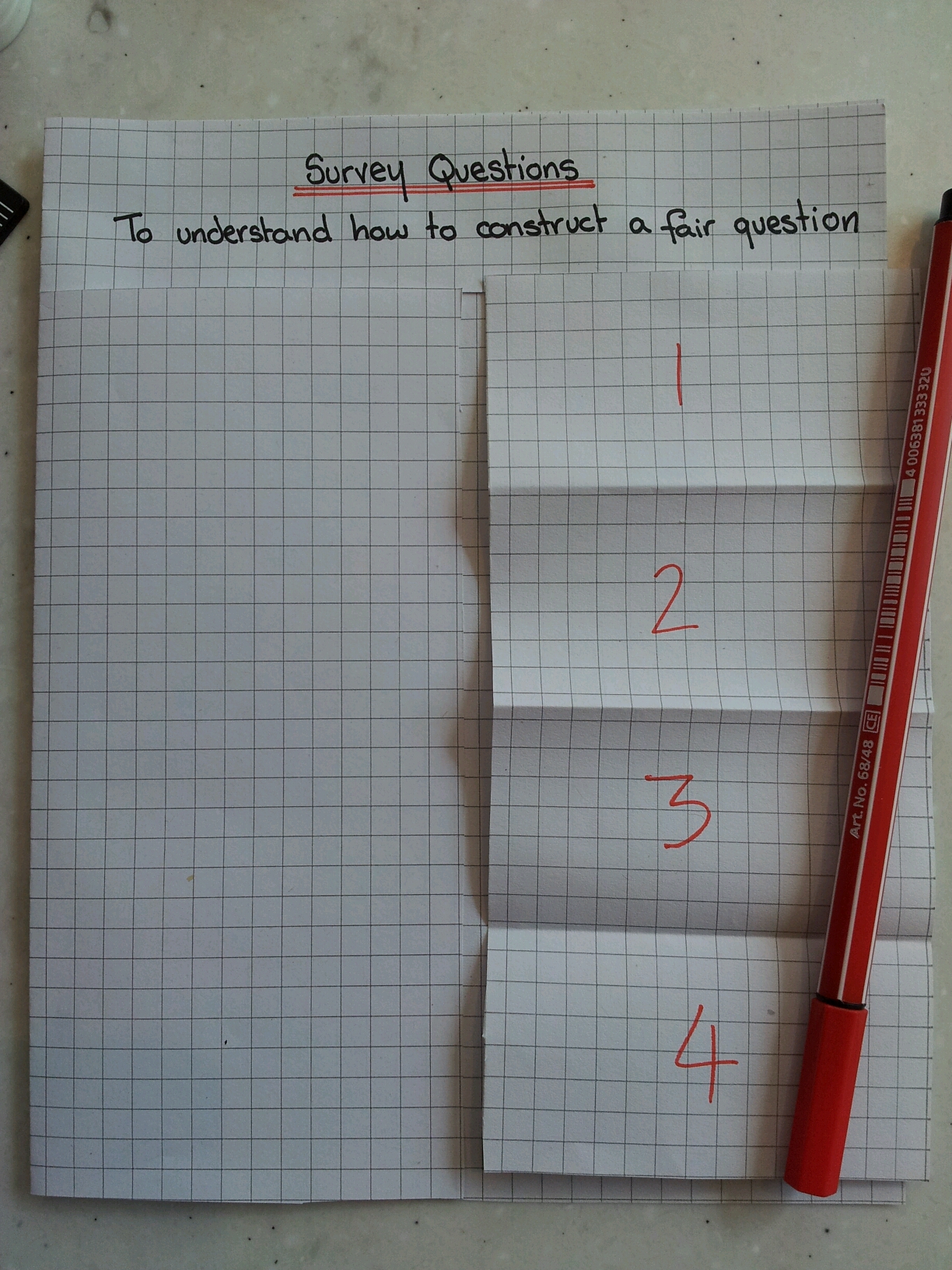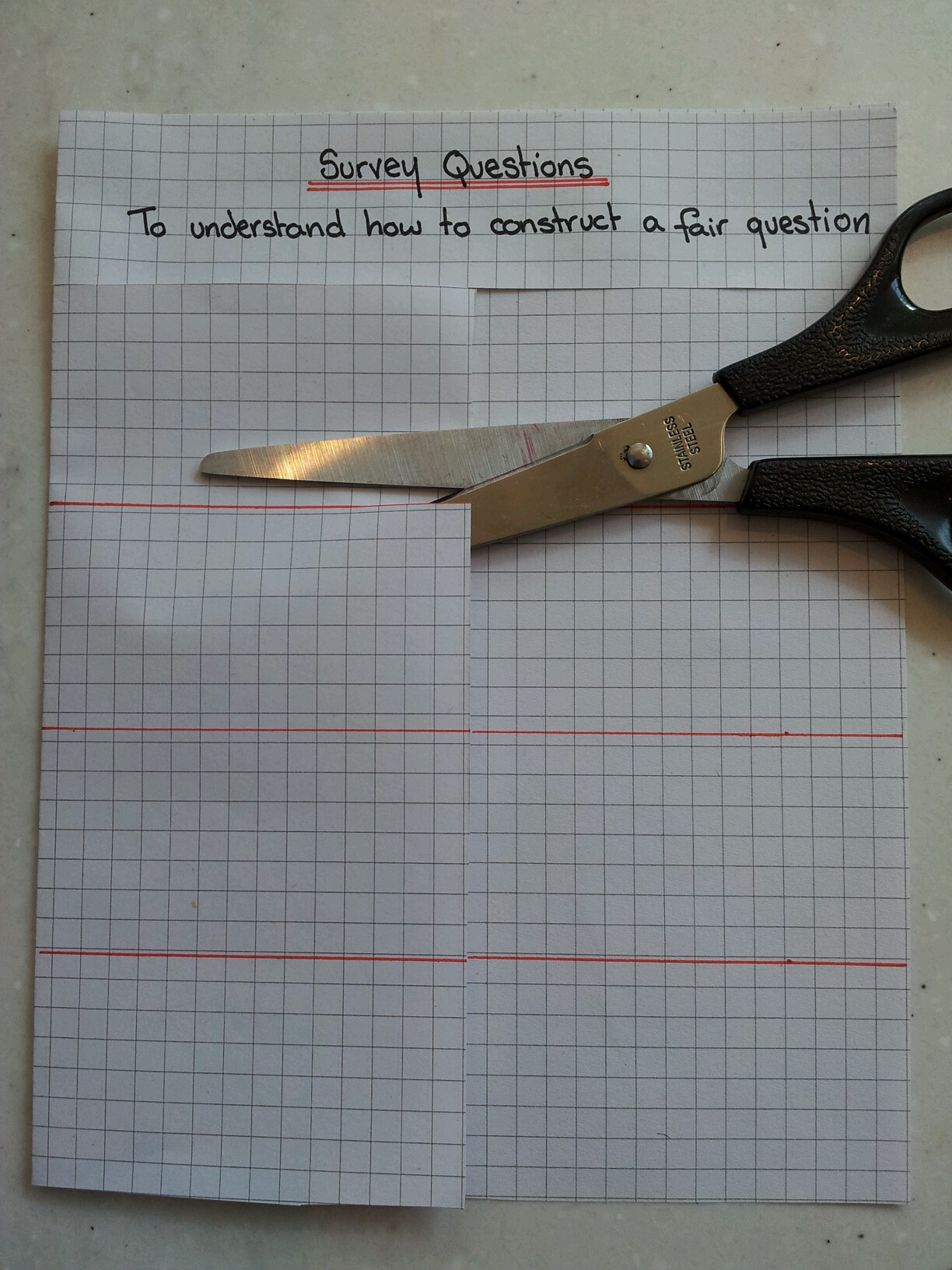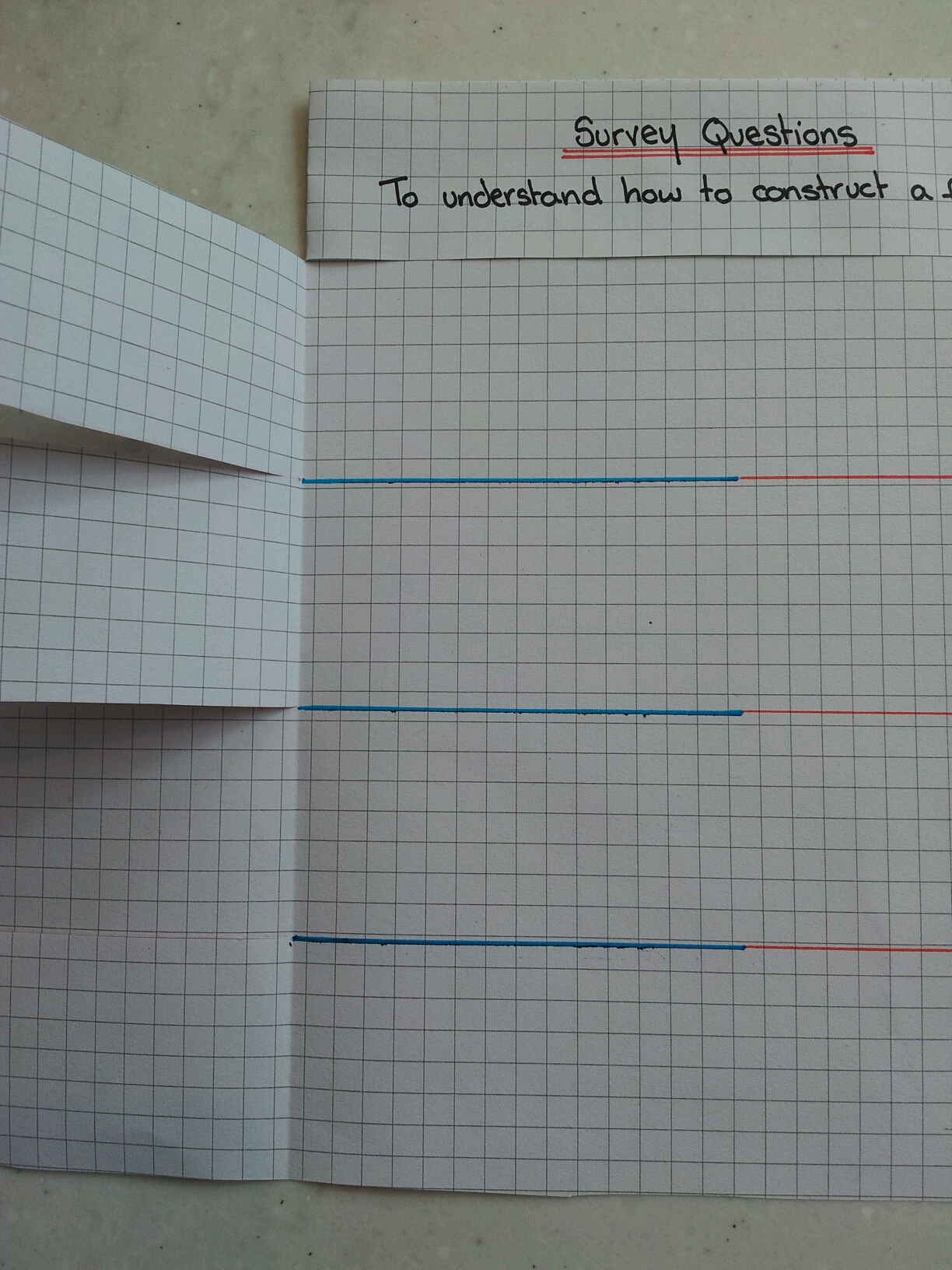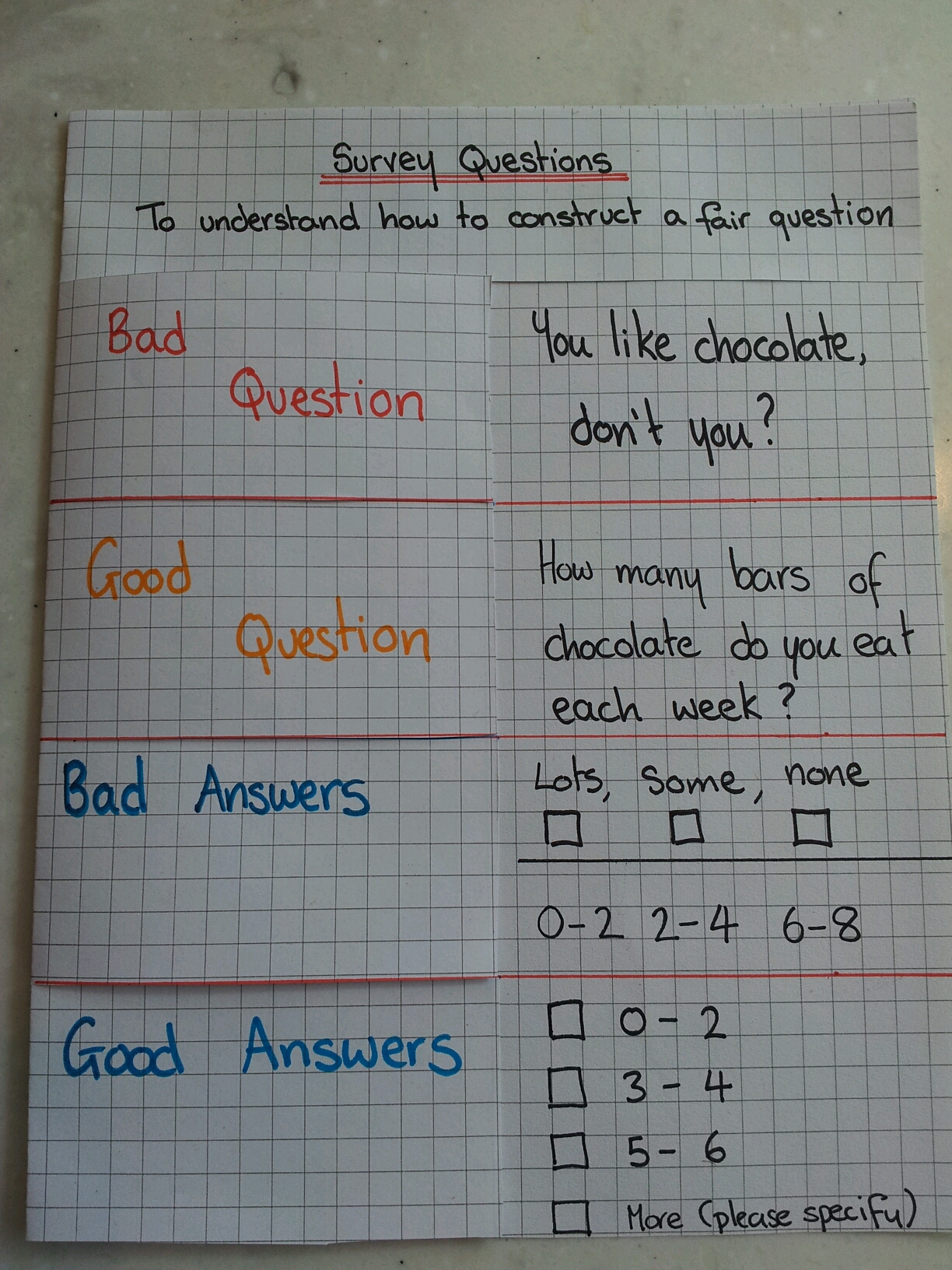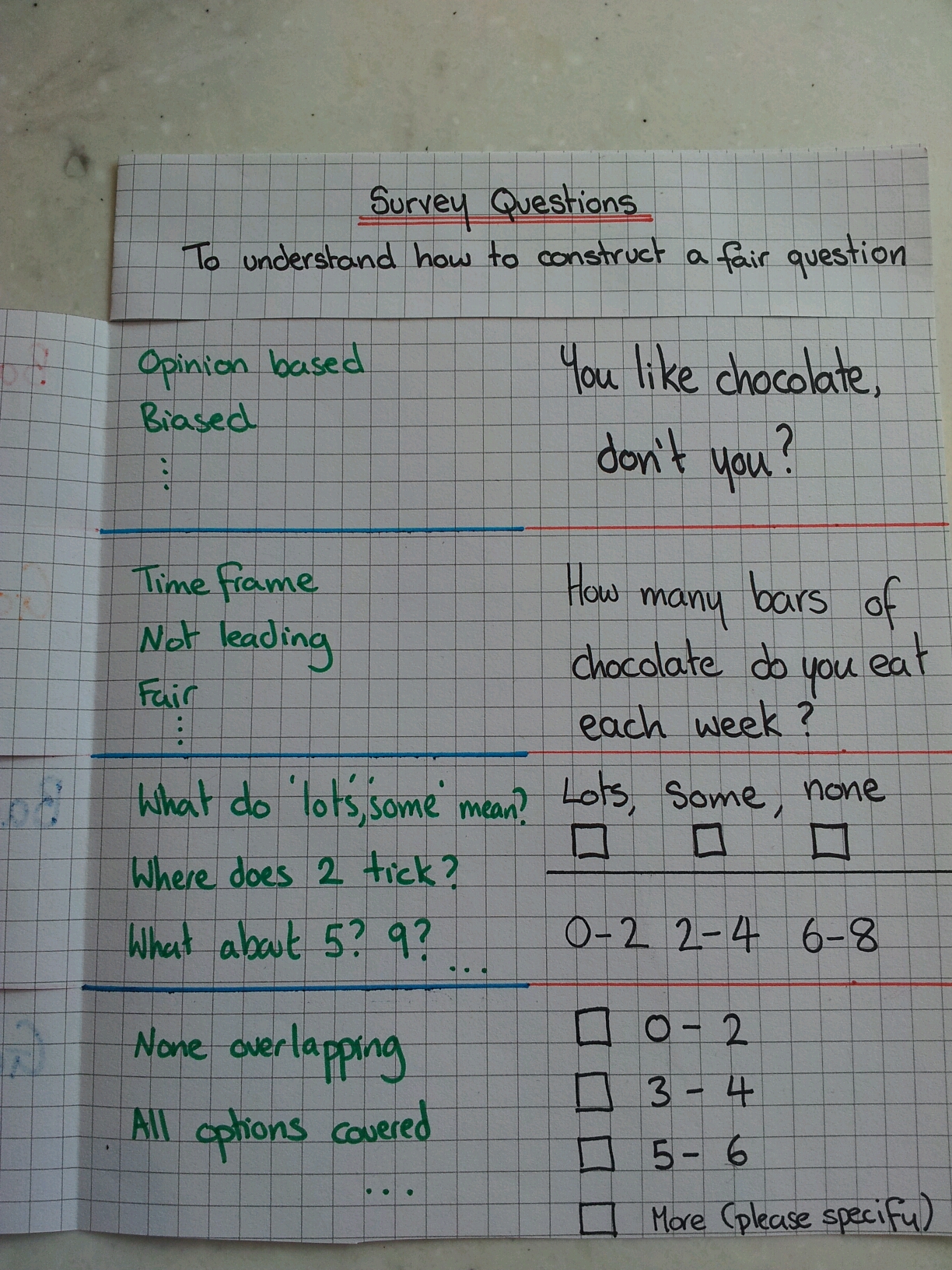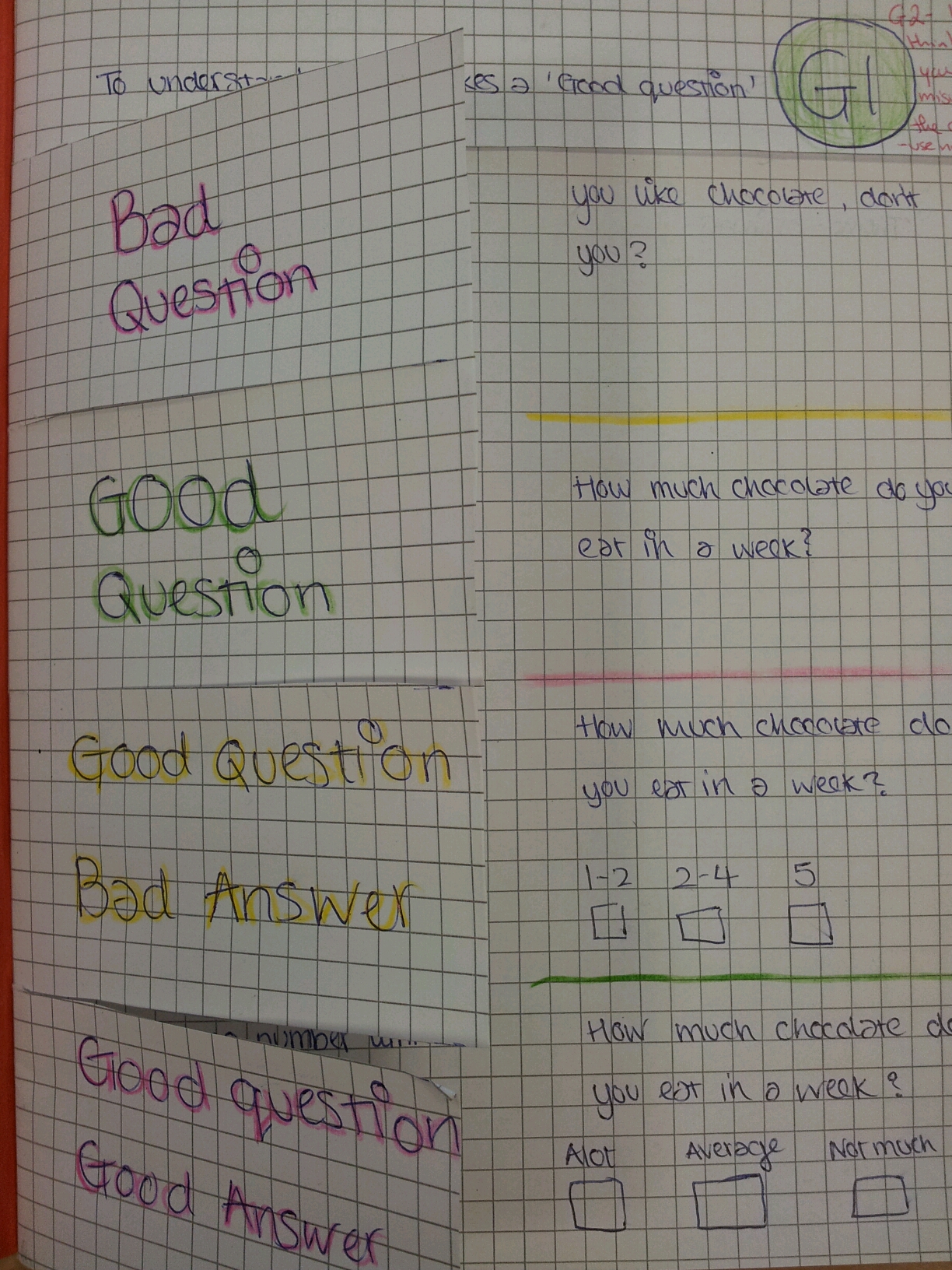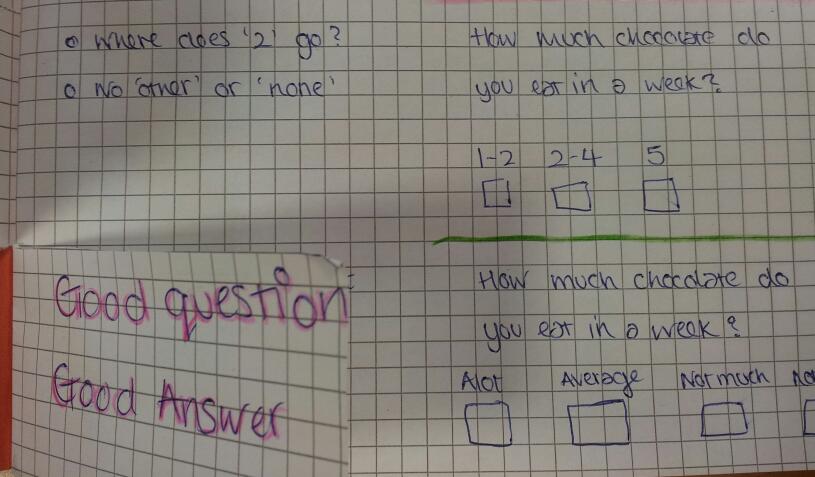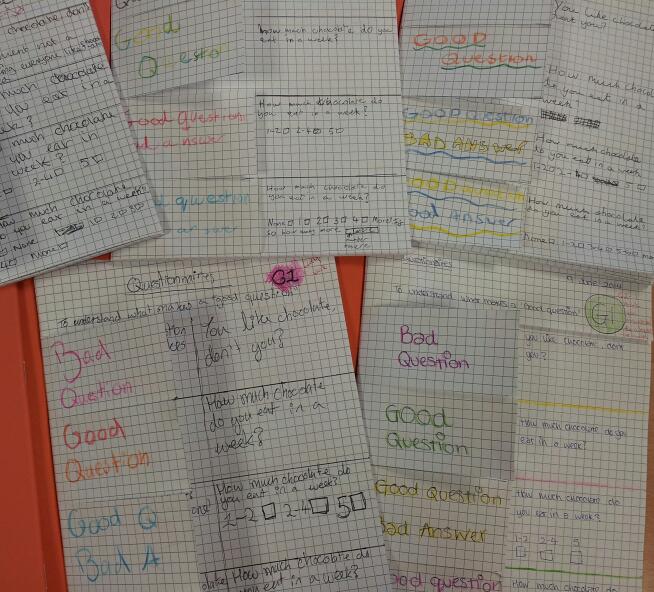This post isn’t a resource, more of a source of ideas. We tell students that maths is about problem solving, but how many problems are fictitious?
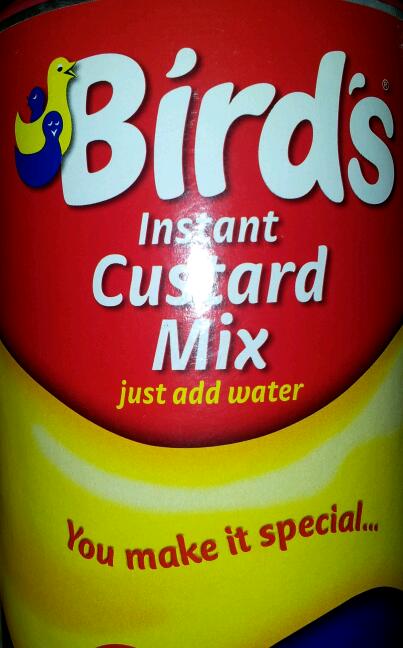
Here is a problem, taken directly from ‘real life’ when a friend was making custard on sunday evening.
The question
Do you think the instructions are wrong?

Does 2.75 litres of water seem right? Use the whole packet? How much is in the packet?
The custard powder had been bought from the wholesalers. It was such good value because it was a catering pack.
- If the pack weighs 605g, how much would you need for one portion?
- How much water would you need?
- How could you decide if 55ml was a decent size portion?
- How many pint jugs would the fifty-five 55ml portions fill?
If you have access to a wholesaler or talk nicely to the canteen, you will be surprised how much proportion work you can find in catering size value packs
By the way, my friend did a couple of calculations and a bit of estimating resulting in a large, but tasty, bowl of custard.

